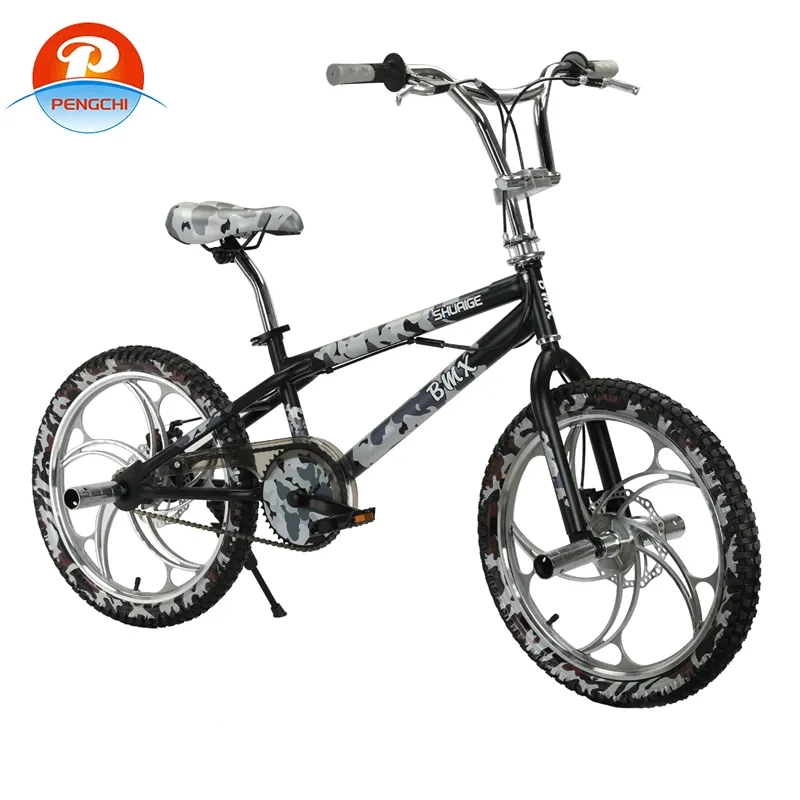
-
 Afrikaans
Afrikaans -
 Arabic
Arabic -
 Belarusian
Belarusian -
 Bengali
Bengali -
 Bulgarian
Bulgarian -
 Croatian
Croatian -
 Czech
Czech -
 Danish
Danish -
 Dutch
Dutch -
 English
English -
 Finnish
Finnish -
 French
French -
 German
German -
 Greek
Greek -
 hawaiian
hawaiian -
 Hebrew
Hebrew -
 Hindi
Hindi -
 Hungarian
Hungarian -
 Indonesian
Indonesian -
 irish
irish -
 Italian
Italian -
 Japanese
Japanese -
 Javanese
Javanese -
 kazakh
kazakh -
 Khmer
Khmer -
 Korean
Korean -
 Kyrgyz
Kyrgyz -
 Lao
Lao -
 Latin
Latin -
 Luxembourgish
Luxembourgish -
 Malay
Malay -
 Myanmar
Myanmar -
 Norwegian
Norwegian -
 Persian
Persian -
 Polish
Polish -
 Portuguese
Portuguese -
 Romanian
Romanian -
 Russian
Russian -
 Serbian
Serbian -
 Slovak
Slovak -
 Somali
Somali -
 Spanish
Spanish -
 Swedish
Swedish -
 Tagalog
Tagalog -
 Thai
Thai -
 Turkish
Turkish -
 Turkmen
Turkmen -
 Ukrainian
Ukrainian -
 Uighur
Uighur -
 Vietnamese
Vietnamese
okt . 11, 2024 00:21 Back to list
Choosing the Right Size Mountain Bike for Kids Made Simple
Understanding Kids’ Mountain Bike Size Chart
Choosing the right size mountain bike for kids is crucial for their safety, comfort, and enjoyment while riding. The right fit not only enhances performance but also helps prevent injuries. This article will guide you through the essential aspects of selecting the appropriate bike size for your child using a mountain bike size chart.
The Importance of Bike Size
Kids’ bodies grow rapidly, and as they do, their bike size requirements will change. A bike that is too large can be difficult for a child to control, leading to accidents, while a bike that is too small can be uncomfortable and limit their ability to ride effectively. As a general rule, a child should be able to stand over the bike with both feet flat on the ground and reach the handlebars comfortably.
Components of a Size Chart
A typical kids' mountain bike size chart includes age, height, and inseam measurements to assist in selecting the right bike. Bikes are usually categorized by wheel size, which is a key factor in determining the appropriate size for a child. Common wheel sizes for kids’ mountain bikes are 12”, 16”, 20”, 24”, and 26”. As children grow, they should transition to larger wheel sizes.
1. Age and Height The first column in the size chart often lists the age range appropriate for each bike size. However, it is important to note that children grow at different rates, and height is a more reliable metric. For instance, a child who is 4'6 may fit better on a 24” bike regardless of their age.
kids mountain bike size chart

2. Inseam Measurement The inseam measurement helps determine the standover height which is critical for safety. To measure inseam, have the child stand against a wall with their feet slightly apart and measure from the floor to their crotch. Many size charts indicate the minimum inseam required for each bike size.
3. Wheel Size As mentioned, wheel sizes range from 12” for younger kids to 26” for older or taller kids. When transitioning from smaller to larger bikes, aim for a comfortable fit. Ideally, children should have at least one to two inches of clearance when standing over the frame.
Finding the Perfect Fit
Once you have gathered the needed measurements, consult the size chart to find the appropriate bike model. Don’t hesitate to allow your child to test-ride a few different bikes to discover which one feels the most comfortable. Ensure that they can reach the brakes and gears easily, as this is vital for safe riding.
Conclusion
In summary, using a kids' mountain bike size chart is an essential step in selecting the right bike for your child. By considering their height, inseam measurement, and the appropriate wheel size, you can ensure they have a bike that fits well and is safe to ride. Remember, a well-fitted bike not only enhances the riding experience but also encourages kids to develop a lifelong love for cycling. So, gear up and get ready for some outdoor adventures!
-
Top Kids Bike with gpt-4-turbo AI for Safe Rides
NewsAug.02,2025
-
Premium Titanium Road Bike: Lightweight & Durable
NewsAug.01,2025
-
Red Black BMX Bike with GPT-4-Turbo AI Tech
NewsJul.31,2025
-
New Red Anti-theft E-Bike | Easy Ride City Commuter
NewsJul.31,2025
-
BMX 20 Inch Bikes for Freestyle & Street | Fat Tire Options Available
NewsJul.30,2025
-
322 High Quality 26 Inch 21 Speed Adult Mountain Bike OEM MTB
NewsJul.29,2025

